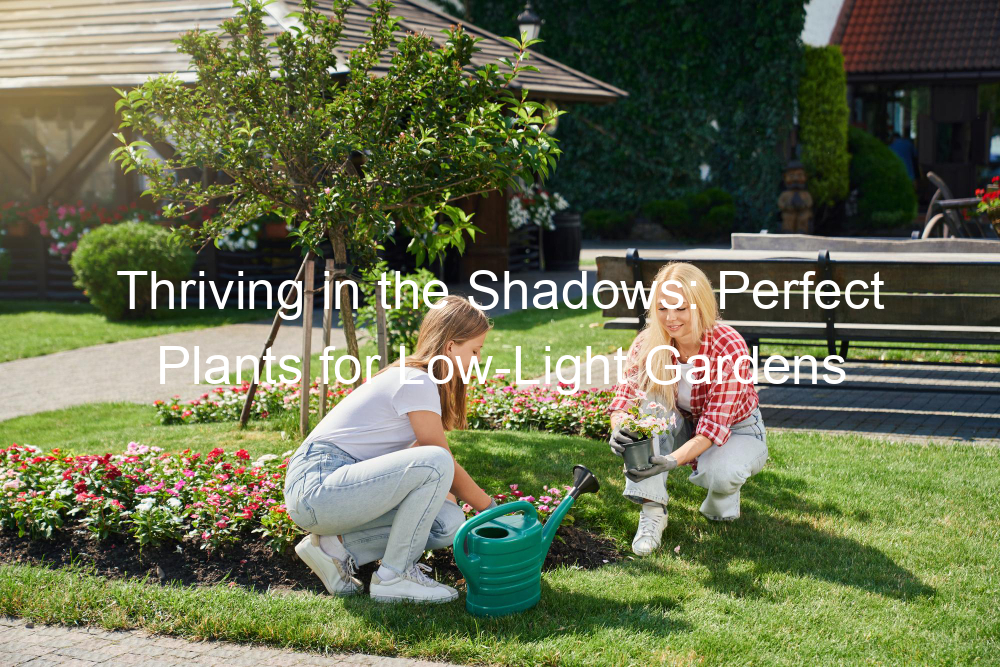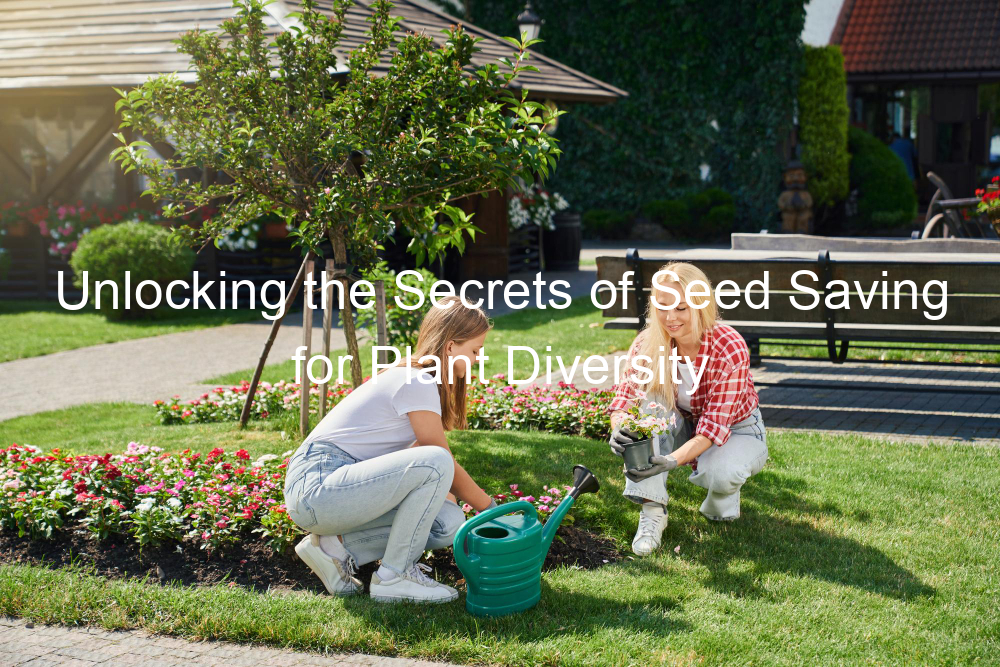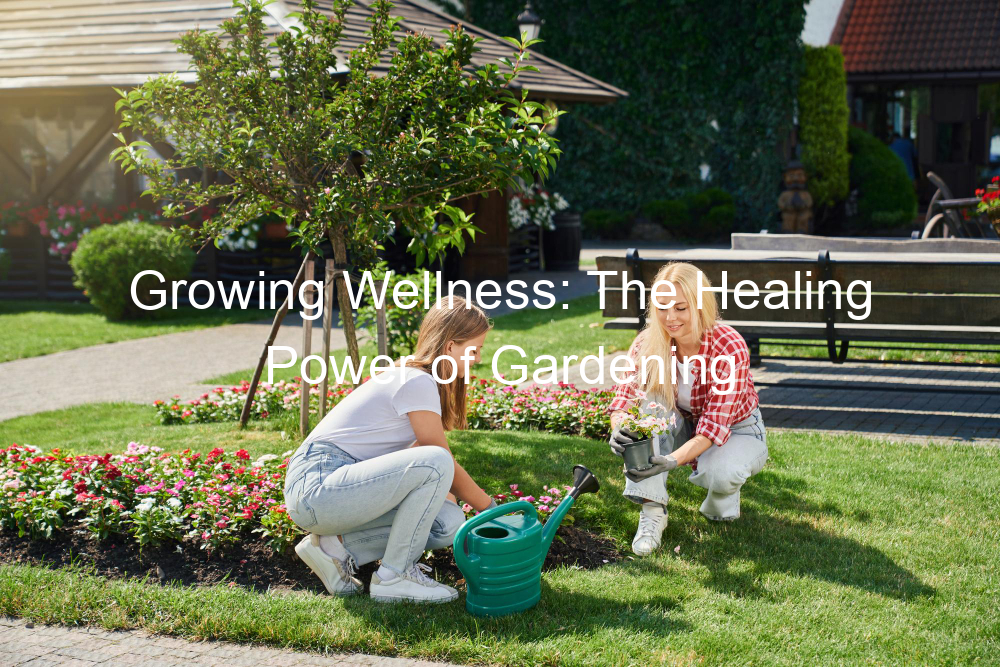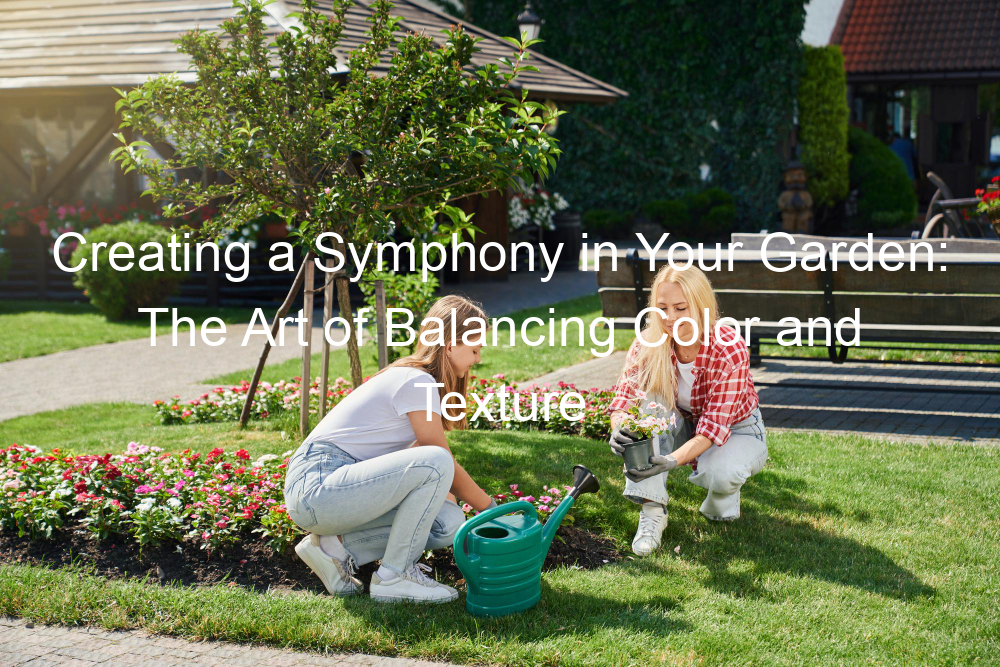Introduction to Low-Light Gardening
Have you ever wondered how to make the most of those shady spots in your garden? Welcome to the world of low-light gardening! This is a unique approach to gardening that focuses on making the most of areas with less sunlight. Let’s dive into this fascinating topic.
-
Understanding the Concept of Low-Light Gardening
Low-light gardening is all about using plants that thrive in less sunlight. These plants are often called shade-tolerant or shade-loving. They can grow in areas where other plants struggle, such as under trees or on the north side of buildings. This type of gardening opens up new possibilities for areas of your garden that may have been overlooked before.
-
The Benefits of Gardening in Low Light
There are many benefits to low-light gardening. First, it allows you to make use of all areas of your garden, not just those that get lots of sun. Second, shade-tolerant plants often require less water and care than sun-loving plants, making them a great choice for busy gardeners. Finally, these plants can provide a beautiful contrast to the brighter, sunnier parts of your garden, creating a more balanced and visually appealing landscape.
Now that we’ve introduced the concept of low-light gardening and its benefits, let’s dig deeper into understanding low-light plants, how to care for them, and how to create a stunning shade garden. Stay tuned for more!
Understanding Low-Light Plants
When it comes to gardening, not all plants require the same amount of sunlight. Some plants, known as low-light plants, thrive in less sunny conditions. Let’s delve deeper into understanding these unique plants.
Defining Low-Light Plants
Before we can truly appreciate low-light plants, we first need to understand what they are and how they differ from other plants.
-
- What are low-light plants?
Low-light plants are a type of plant that can survive and grow in areas with less sunlight. They are often found in shaded areas, such as under trees or in the understory of forests. These plants have adapted to make the most out of the little sunlight they receive, making them perfect for indoor settings or shady spots in your garden.
-
- How do they differ from other plants?
Unlike most plants that require a lot of sunlight to perform photosynthesis, low-light plants have adapted to thrive in shaded environments. They have larger, darker leaves that can absorb and use light more efficiently. Additionally, they usually grow slower than plants that are exposed to more sunlight. This makes them less demanding and easier to care for, especially for beginner gardeners.
Low-light plants are a unique category of plants that have adapted to grow in less sunny conditions. They are perfect for those shady spots in your garden or even inside your home. Understanding these plants can open up a whole new world of gardening possibilities.
Benefits of Low-Light Plants
Low-light plants are not just beautiful additions to your garden, they also come with a host of benefits. Let’s explore why you should consider these shade-loving plants for your garden and the environmental advantages they offer.
-
- Why choose low-light plants for your garden?
Low-light plants are perfect for those areas in your garden that don’t receive a lot of sunlight. They can thrive in conditions where other plants might struggle, making them a great choice for shaded gardens. Not only do they add a touch of greenery, but they also require less maintenance. You don’t need to worry about them wilting under the hot sun, and they typically require less water than their sun-loving counterparts. This makes them a practical and attractive choice for your garden.
-
- Environmental benefits of low-light plants
Low-light plants are not just good for your garden, they are also great for the environment. These plants help reduce carbon dioxide levels and increase oxygen in the atmosphere, contributing to cleaner air. They also help reduce soil erosion by holding the soil together with their roots. Additionally, low-light plants can provide a habitat for various insects and birds, promoting biodiversity in your garden. By choosing low-light plants, you’re making a positive impact on the environment.
Low-light plants are a wonderful addition to any garden. They are easy to care for, thrive in shaded areas, and contribute to a healthier environment. So why not consider adding some low-light plants to your garden today?
Shade Tolerant Plants: A Closer Look
As we dig deeper into the world of low-light gardening, it’s essential to understand the unique plants that thrive in these conditions. These are known as shade tolerant plants. Let’s take a closer look at what they are and some popular examples.
What are Shade Tolerant Plants?
Shade tolerant plants, as the name suggests, are plants that can survive and even thrive in low light conditions. They have adapted to grow under the canopy of larger plants, in the shadows of buildings, or in other areas where sunlight is limited.
- Definition and characteristics of shade tolerant plants: Shade tolerant plants are those that can grow in areas with limited sunlight. They have unique characteristics that allow them to photosynthesize efficiently even in low light. These plants often have larger, darker green leaves to absorb as much light as possible. They also tend to grow slower than their sun-loving counterparts, conserving energy for survival.
- Examples of popular shade tolerant plants: There are many types of shade tolerant plants that gardeners can choose from. Some popular examples include:
- Ferns: These ancient plants are well known for their love of shady, damp conditions. They come in a variety of shapes and sizes, making them a versatile choice for any shade garden.
- Hostas: With their large, attractive leaves and ability to thrive in the shade, hostas are a favorite among gardeners. They also produce lovely flowers in the summer.
- Impatiens: These colorful flowers are perfect for adding a splash of color to shady areas. They bloom all summer long and come in a variety of colors.
Understanding shade tolerant plants and their characteristics can help you make the most of your low-light garden. By choosing the right plants, you can create a beautiful, thriving garden even in the shadiest of spots.
Benefits of Shade Tolerant Plants
Shade tolerant plants are not just a solution for those tricky, low-light areas in your garden. They offer a myriad of benefits that can significantly enhance your gardening experience and contribute positively to the environment. Let’s delve deeper into why these plants are a boon to your garden and the environment.
-
- Why shade tolerant plants are beneficial for your garden
Shade tolerant plants are a gardener’s best friend. They thrive in areas where other plants struggle, turning potentially barren spots into lush, green spaces. These plants are typically low maintenance, requiring less water and care than their sun-loving counterparts, making them perfect for busy gardeners.
Moreover, they add variety and depth to your garden’s aesthetic. From ferns to hostas, shade tolerant plants come in a wide range of shapes, sizes, and colors. They can create a tranquil, cool ambiance that can be a welcome respite on hot summer days.
-
- Environmental impact of shade tolerant plants
Shade tolerant plants play a crucial role in preserving our environment. They help in reducing soil erosion by holding the soil together with their roots, especially in shaded areas where other plants can’t survive. This is particularly important in areas prone to heavy rainfall or flooding.
Furthermore, these plants contribute to biodiversity by providing habitats for a variety of insects, birds, and other wildlife. They also play a significant role in carbon sequestration, helping to mitigate the effects of climate change.
Shade tolerant plants are not just a practical choice for your garden, but they also contribute positively to the environment. By choosing these plants, you are making a conscious choice to support biodiversity and environmental sustainability.
Gardening in Low Light: Practical Tips
Even if your garden doesn’t get a lot of sunlight, you can still grow beautiful plants. The key is choosing the right plants for your shady areas. Let’s explore how to identify the best plants for low light and understand their needs.
Choosing the Right Plants for Shady Areas
Not all plants need a lot of sunlight. Some actually thrive in low-light conditions. Here are some tips to help you choose the right plants for your shady garden.
-
- Identifying the Best Plants for Low Light
There are many plants that can grow well in low light. These include ferns, hostas, and astilbe. Ferns are great because they can grow in almost any soil type and they don’t need a lot of water. Hostas are popular because they have beautiful, large leaves and they can grow in deep shade. Astilbe is a flowering plant that can add a pop of color to your shady garden.
-
- Understanding the Needs of Different Low-Light Plants
Each low-light plant has its own needs. For example, ferns need a lot of moisture and a cool environment. Hostas need well-drained soil and they can tolerate some sun. Astilbe needs moist, well-drained soil and it can also tolerate some sun. It’s important to understand the needs of each plant so you can provide the best care for them.
Gardening in low light doesn’t mean you can’t have a beautiful garden. With the right plants and proper care, you can create a lush, green garden even in the shadiest areas.
Low-Light Garden Ideas
Creating a garden that thrives in low light can be a rewarding experience. Let’s explore some ideas on how to design such a garden and take a look at some successful examples.
- Designing a Low-Light Garden
Designing a low-light garden requires careful planning and understanding of the plants that can thrive in such conditions. Here are some steps to help you design a successful low-light garden:
- Understand the Light Levels: Not all shady areas are the same. Some may receive filtered light, while others may be in deep shade. Understanding the light levels in your garden will help you choose the right plants.
- Choose the Right Plants: Select plants that are adapted to low-light conditions. Ferns, hostas, and impatiens are some examples of shade-loving plants.
- Consider the Soil: Most shade-loving plants prefer well-drained soil. Make sure your garden soil is well-prepared and enriched with organic matter.
- Plan Your Layout: Arrange your plants in a way that taller plants do not block the light for smaller ones. Also, consider the visual appeal of your garden.
- Examples of Successful Low-Light Gardens
Many gardeners have successfully created beautiful low-light gardens. Here are a couple of examples:
| Garden | Location | Key Features |
|---|---|---|
| The Fernery | Devon, UK | A stunning collection of ferns thriving in the dappled shade of mature trees. |
| Shade Garden at the Royal Botanic Gardens | Kew, UK | A variety of shade-loving plants, including hostas and impatiens, creating a lush, green landscape. |
These examples show that with the right plants and design, a low-light garden can be just as beautiful and vibrant as a sun-drenched one. So, don’t let the lack of sunlight deter you from creating your dream garden.
Garden Solutions for Shade: Case Studies
Let’s delve into some real-life examples of how gardeners have successfully transformed their shady spaces into thriving gardens. These case studies will provide you with practical insights and inspiration for your own shade gardening journey.
Case Study 1: Transforming a Shady Backyard
In our first case study, we’ll explore how a homeowner managed to turn their dimly lit backyard into a lush, green oasis.
-
- Challenges faced
The homeowner’s backyard was heavily shaded by tall trees, leaving the ground barren and uninviting. The lack of sunlight made it difficult for most plants to grow, and the soil was often damp and cold.
-
- Solutions implemented
After researching shade-tolerant plants, the homeowner decided to plant ferns, hostas, and astilbes, which are known for their ability to thrive in low-light conditions. They also improved the soil’s drainage by adding organic matter and raised beds to prevent waterlogging.
-
- Results and key takeaways
The backyard transformation was a success. The selected plants flourished, creating a lush, green landscape that was both visually appealing and inviting. The homeowner learned that with the right plant selection and proper soil management, even the shadiest areas can become vibrant garden spaces.
From this case study, we can see that shade doesn’t have to be a barrier to creating a beautiful garden. With the right plants and a bit of creativity, you can transform any shady spot into a thriving green space.
Case Study 2: Indoor Plants for Low Light
Let’s delve into our second case study, which focuses on the challenges and solutions of growing indoor plants in low-light conditions.
-
- Challenges faced
One of the main challenges faced in this case was the lack of sufficient natural light in the indoor environment. Most indoor spaces, especially those without large windows, struggle with low light conditions. This makes it difficult for many types of plants to thrive, as they require a certain amount of sunlight for photosynthesis. The plants often showed signs of poor growth, such as yellowing leaves and stunted growth.
-
- Solutions implemented
The solution to this challenge was two-fold. Firstly, the selection of plants was crucial. Certain plants, such as snake plants and peace lilies, are known to thrive in low light conditions. These were the primary choices for this indoor garden. Secondly, the use of artificial grow lights was implemented. These lights can mimic the sun’s spectrum and provide the necessary light for the plants to photosynthesize.
-
- Results and key takeaways
The results were quite impressive. The plants thrived under the grow lights, showing healthy growth and vibrant colors. The key takeaway from this case study is that with the right selection of plants and the use of artificial light, it is possible to maintain a thriving indoor garden even in low light conditions.
| Challenge | Solution | Result |
|---|---|---|
| Lack of sufficient natural light | Selection of low-light plants and use of artificial grow lights | Thriving indoor garden with healthy, vibrant plants |
Don’t let low light conditions deter you from starting your indoor garden. With the right plants and tools, you can create a green oasis in any corner of your home.
Conclusion: Embracing the Shadows
In our journey through the world of low-light gardening, we have discovered that the shadows are not our enemy, but rather a friend that opens up a whole new world of possibilities. Let’s take a moment to recap what we’ve learned and look forward to the future of our gardening adventures.
-
- Recap of the benefits and possibilities of low-light gardening
Low-light gardening is not just a solution for those with less sunlit spaces, but a gateway to a diverse range of plants that thrive in the shadows. We’ve learned that shade-tolerant plants can be just as vibrant and beautiful as their sun-loving counterparts. From the lush, green foliage of ferns to the delicate blooms of impatiens, there’s a whole world of plants waiting to be explored in the shadows.
Moreover, low-light gardening can be a more sustainable and water-efficient choice. Many shade-loving plants require less water than sun-loving ones, making them a great choice for eco-conscious gardeners. Plus, with the right techniques and plant choices, you can create a thriving garden that provides a habitat for local wildlife and contributes to biodiversity.
-
- Final thoughts and encouragement for aspiring low-light gardeners
As we wrap up our exploration of low-light gardening, remember that every garden is a journey of discovery. Don’t be discouraged if your first few attempts don’t go as planned. Gardening is a learning process, and every challenge is an opportunity to grow.
Embrace the shadows and see them not as limitations, but as opportunities to explore new plants, create unique garden designs, and make a positive impact on the environment. With patience, curiosity, and a bit of courage, you can create a beautiful and thriving low-light garden. So go ahead, step into the shadows, and let your gardening journey begin!






